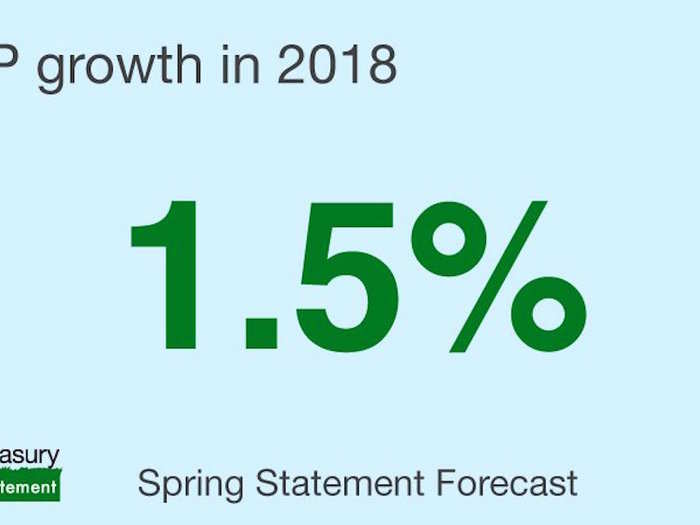





 Global economy to grow 2.7% in 2024 as major economies avoid severe downturn: UN report
Global economy to grow 2.7% in 2024 as major economies avoid severe downturn: UN report
 North Korea has fired a ballistic missile toward Sea of Japan, says South Korean military
North Korea has fired a ballistic missile toward Sea of Japan, says South Korean military
 Finance minister asks for greater push and investment in the manufacturing sector at the CII Annual Summit
Finance minister asks for greater push and investment in the manufacturing sector at the CII Annual Summit

Copyright © 2024. Times Internet Limited. All rights reserved.For reprint rights. Times Syndication Service.